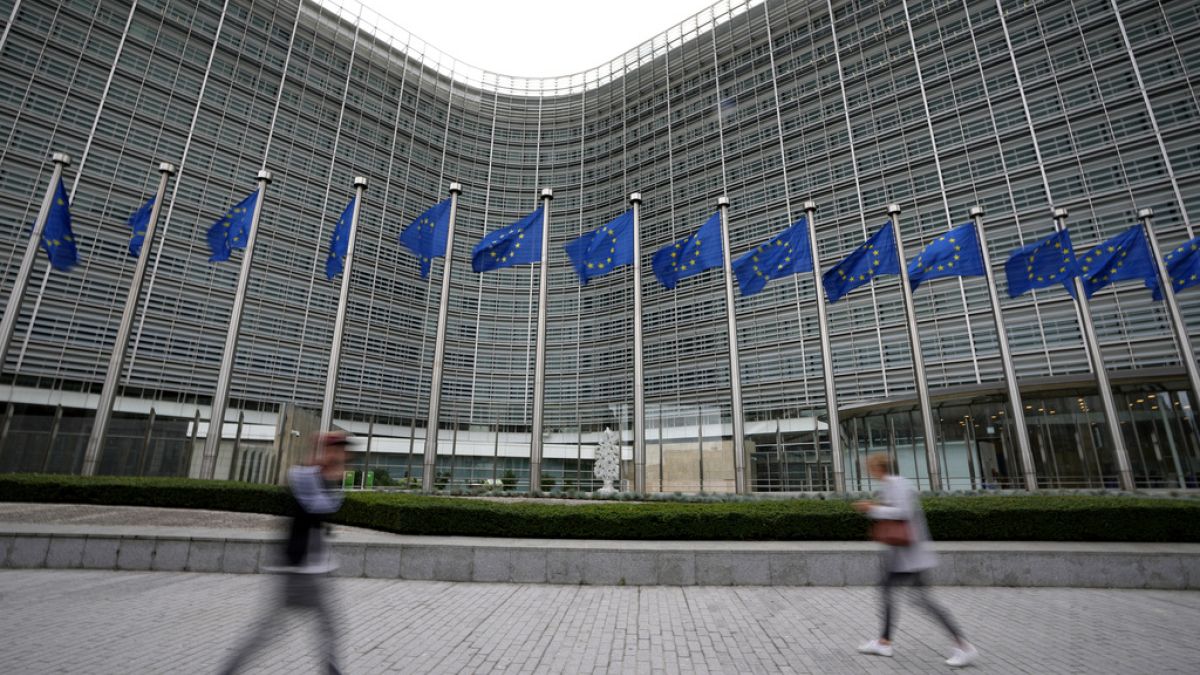Renewables set to meet half of globe’s power demands by 2030

China is likely to account for almost 60 per cent of all renewable capacity installed worldwide between now and 2030.
Renewables are on track to meet almost half of the world’s electricity needs by 2030, according to the latest landmark report from the International Energy Agency (IEA).
While solar power in particular is growing at a promising pace, the trajectory still falls short of the global target to triple renewable energy capacity this decade.
But the IEA says that crucial goal – set at the COP28 climate summit last year – is still in reach with the right government support.
“Renewables are moving faster than national governments can set targets for,” says IEA Executive Director Fatih Birol. “This is mainly driven not just by efforts to lower emissions or boost energy security – it’s increasingly because renewables today offer the cheapest option to add new power plants in almost all countries around the world.”
Wind and solar PV are now the most economical way to add new electricity generation in almost every country, IEA’s analysis shows.
How much will renewables grow by 2030?
New renewable tech will roughly equal the current power capacity of China, the European Union, India and the United States combined, according to the IEA’s Renewables 2024 report.
It finds that the world is set to add more than 5,500 gigawatts (GW) of renewable energy capacity between 2024 and 2030 – almost three times the increase seen between 2017 and 2023.
China is set to account for almost 60 per cent of all renewable capacity installed worldwide between now and 2030. That would make China home to almost half of the world’s total renewable power capacity by the end of this decade, up from a share of a third in 2010.
Meanwhile India is growing at the fastest rate among major economies.
Solar power is leading the pack
In terms of technologies, one renewable clearly comes out on top. Solar alone is forecast to bring a whopping 80 per cent of the growth in global renewable capacity between now and 2030.
That’s down to the construction of new large solar power plants; but the public are also playing a role with installation of rooftop solar on households and businesses.
Despite supply chain and other challenges, the wind sector is also poised for a recovery, the IEA says, with the rate of expansion set to double between 2024 and 2030 compared with the 2017 to 2023 period.
Overall, renewables are on course to generate almost half of global electricity by 2030, with the share of wind and solar PV doubling to 30 per cent, according to the report.
But this phenomenal growth is still not in line with the goal set by nearly 200 governments at COP28: to triple the world’s renewable capacity by the end of the decade. Currently, the report forecasts global capacity will reach 2.7 times its 2022 level by 2030. So how do we progress in time?
How can the world triple its renewable energy capacity?
The good news is that meeting the tripling target is entirely possible if governments seize near-term opportunities, IEA analysis shows.
Under the Paris Agreement, countries are due to submit their next round of national climate commitments – known as “nationally determined contributions,” or NDCs – next year. Bolder renewable ambition needs to be a part of that, the IEA says.
It also wants to see stronger international cooperation to bring down financing costs in emerging and developing economies, so that Africa, Southeast Asia and other “high-potential regions” can benefit from increased solar coverage.
But adding more solar and wind tech is only part of the puzzle. To integrate these variable renewable sources into power systems, countries need to build and modernise 25 million kilometres of electricity grids and reach 1,500 GW of storage capacity by 2030.
To meet international climate goals, the world also needs to use more sustainable biofuels, biogases, hydrogen and e-fuels, the report notes.
World News || Latest News || U.S. News
Source link



